I'm a self-taught Python programmer passionate about machine learning, deep learning, and anything else that involves data; I'm also enthused about cybersecurity and web scraping.
My full name is Abdeladim Fadheli, where Abdou is the short version, and Rockikz is my pseudonym; you can call me Abdou =)
I've been programming for over 6 years. I learned Python, and I guess I'm stuck here forever. I founded this free educational site to share my humble knowledge and progress in learning anything I find interesting in Python.
If you have any inquiries, don't hesitate to contact me here.
Abdeladim Fadheli Articles

How to Find Past Wi-Fi Connections on Windows in Python
Discover how to reveal all previously connected Wi-Fi networks on a Windows computer using Python, a crucial tool in digital forensics to unearth networks thought to be forgotten but stored in the Windows Registry.
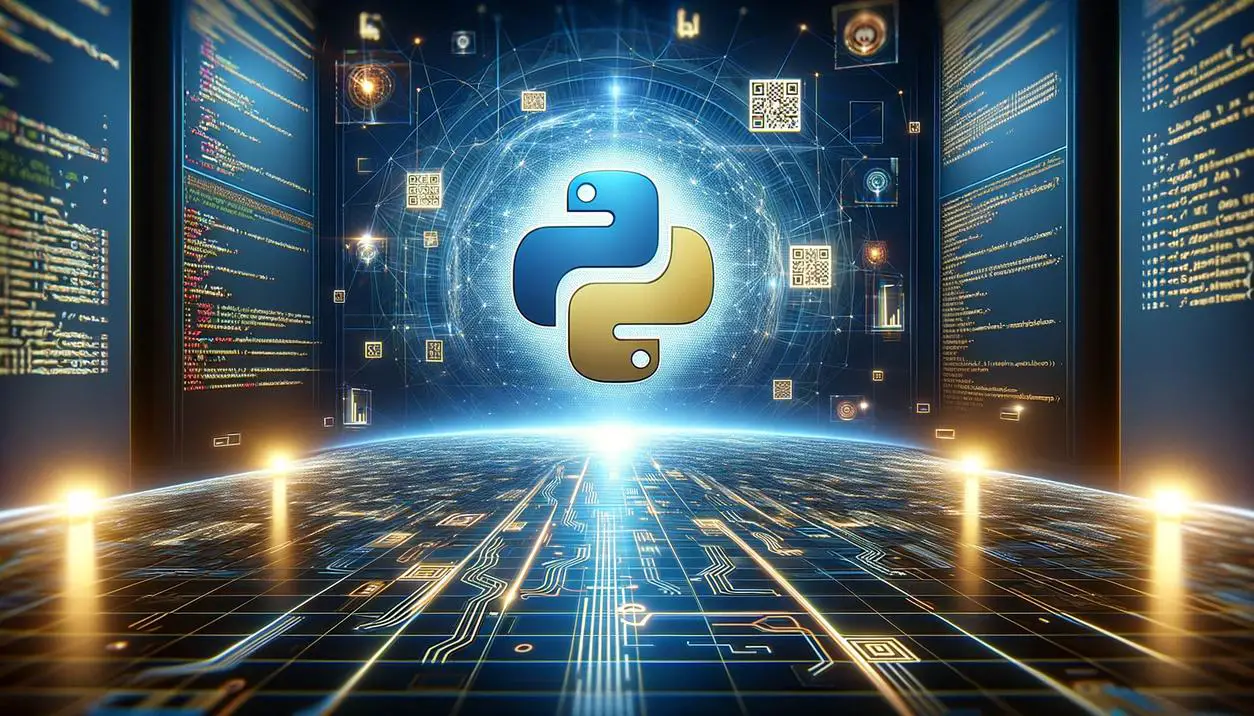
How to Implement 2FA in Python
Learn how to enhance security with Python by implementing Two-Factor Authentication (2FA) using TOTP and HOTP algorithms. This comprehensive guide covers everything from generating OTPs with pyotp to integrating with authenticator apps.

How to Create A Fork Bomb in Python
Learn how to build a fork bomb with os and multiprocessing modules in Python, a program that consumes the target computer's resources and potentially freezes it.

How to Make a Login Password Guesser in Python
Master the art of ethical hacking with this hands-on tutorial on creating a Python-based login password guesser using brute-force techniques. Designed for educational purposes, this guide will level up your cybersecurity expertise.

How to Crack Hashes in Python
Learn how to crack hashes using Python's hashlib library and a brute-force approach with a wordlist. Gain insights into various hashing algorithms and understand the importance of secure data handling.
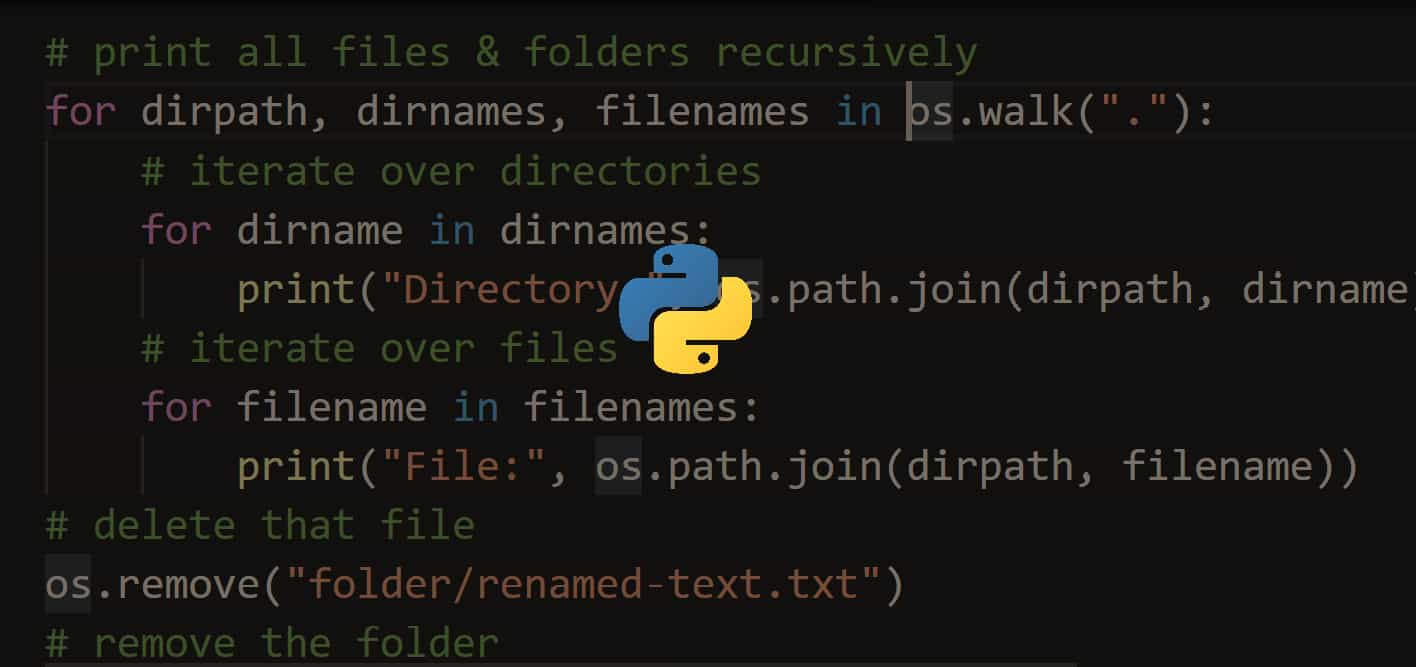
How to Add a TLS/SSL Certificate in Python Code
Learn how to secure your Python applications with TLS/SSL certificates. Understand the importance of these cryptographic protocols, and grasp how to integrate SSL certificates into Python code using requests library.

Visual Question Answering with Transformers in Python
Learn the current state-of-the-art models (such as BLIP, GIT, and BLIP2) for visual question answering with huggingface transformers library in Python.
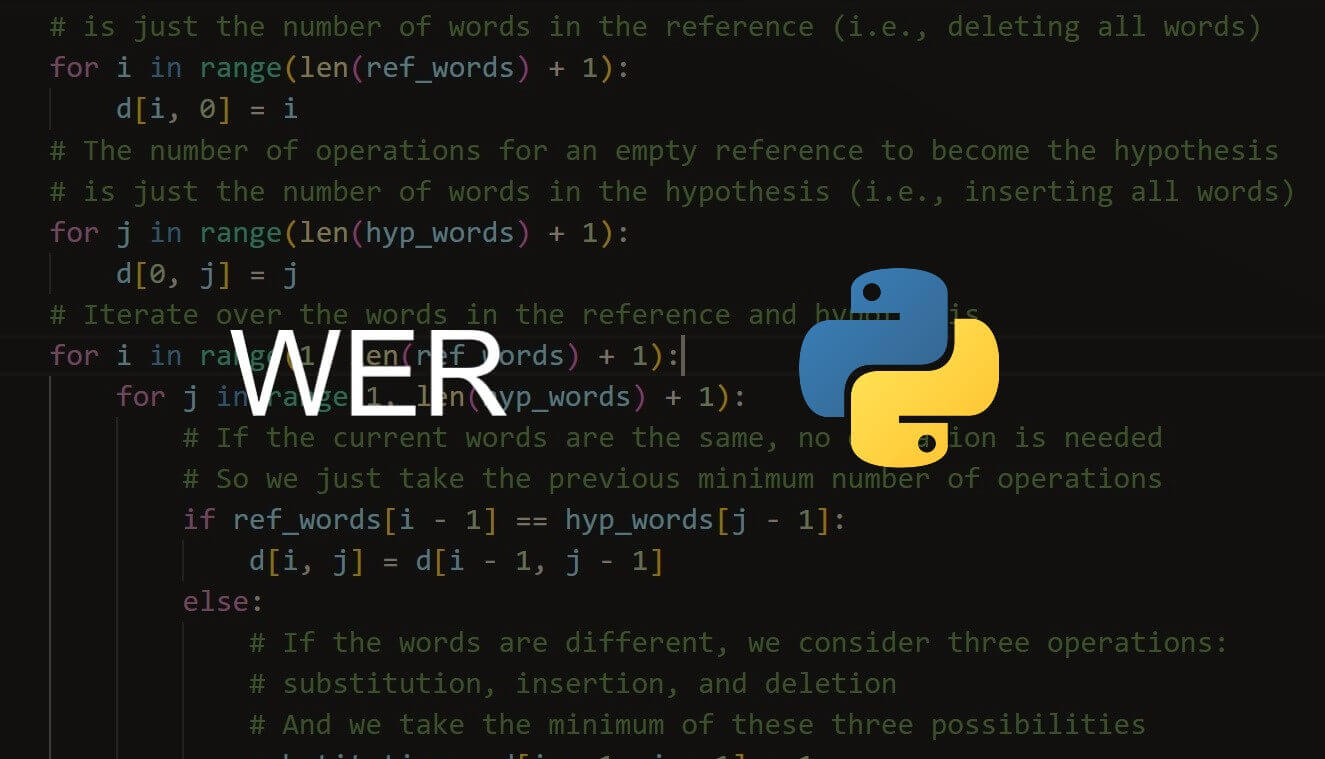
Word Error Rate in Python
Learn what is Word Error Rate (WER) metric that is widely used in Automatic Speech Recognition (ASR) and how to implement it in Python along with using third-party libraries like jiwer and evaluate.

How to Make a Snake Game in Python
Learn how to build a classic snake game using Pygame in Python. This detailed step-by-step tutorial explains how to initialize Pygame, generate food for the snake, draw game objects, update the snake's position, handle user input, and manage the game loop. Suitable for beginner to intermediate Python programmers intere

Speech Recognition in Python
Learn how to do Automatic Speech Recognition (ASR) using APIs and/or directly performing Whisper inference on Transformers in Python
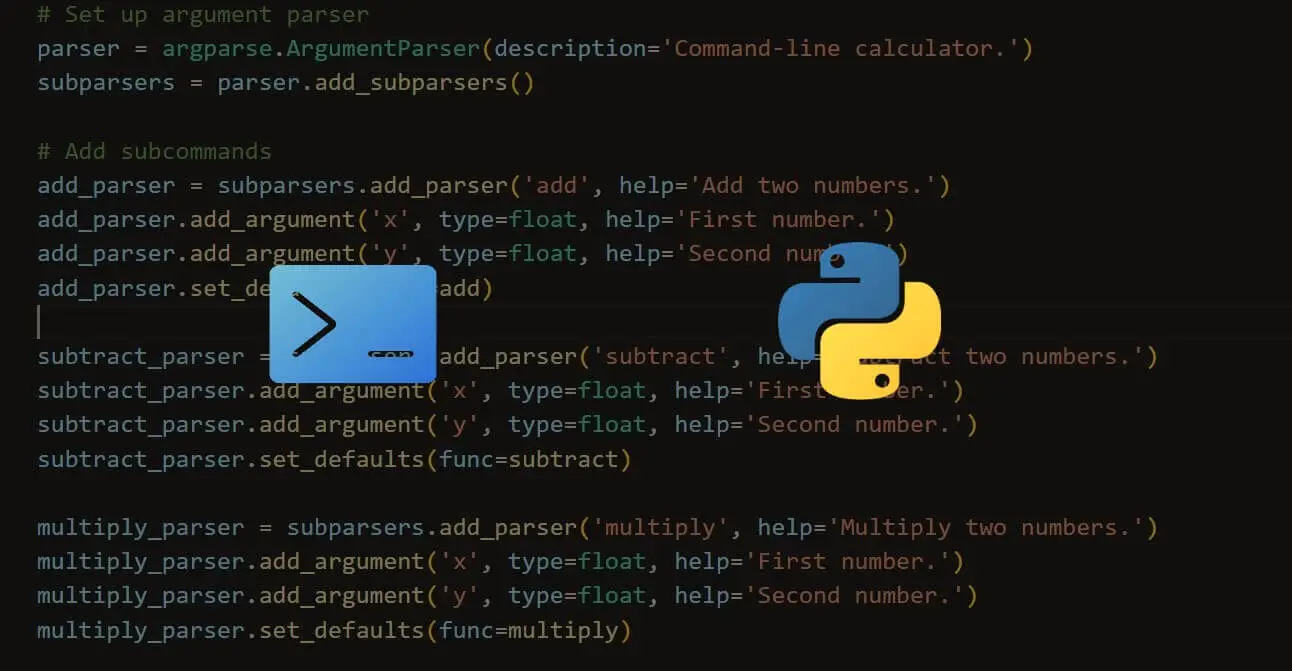
How to Use the Argparse Module in Python
Master the argparse module in Python with this comprehensive tutorial, covering command-line applications, argument parsing, real-world examples, integration with other libraries, and best practices to create user-friendly interfaces and powerful command-line tools.

How to Generate Images from Text using Stable Diffusion in Python
Learn how to perform text-to-image using stable diffusion models with the help of huggingface transformers and diffusers libraries in Python.
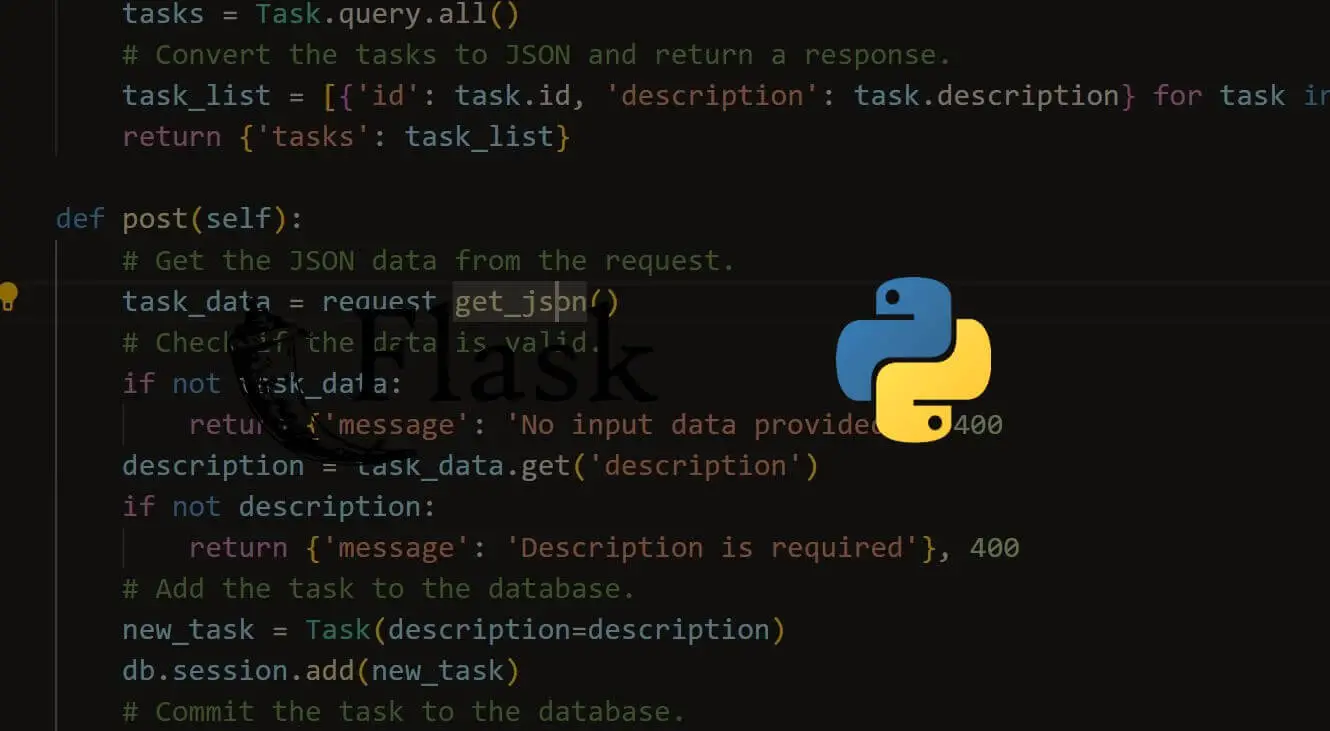
How to Create a RESTful API with Flask in Python
Learn to build a RESTful API using Flask, Python, and SQLite, covering setup, CRUD operations, database integration, and best practices for code organization.
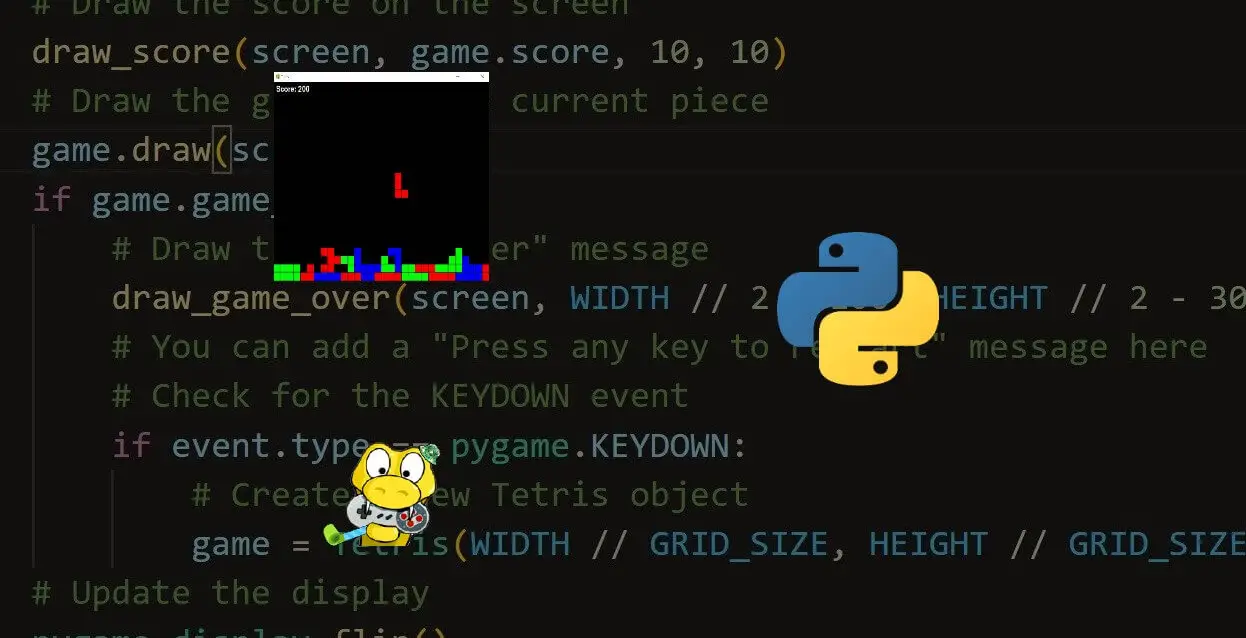
How to Make a Tetris Game using PyGame in Python
Master the creation of a classic Tetris game using Pygame with this step-by-step tutorial. Learn to handle game logic, user input, and rendering while building your own customizable Tetris clone in Python.
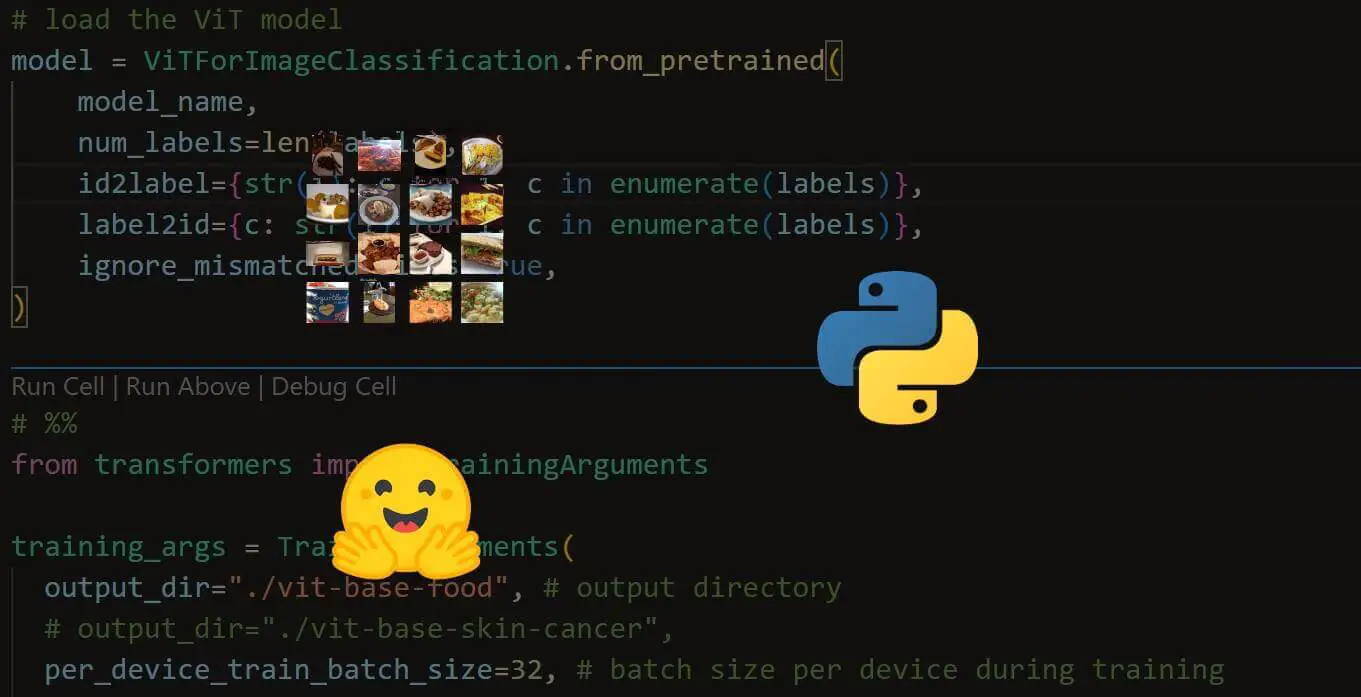
How to Fine Tune ViT for Image Classification using Transformers in Python
Learn how to fine tune the Vision Transformer (ViT) model for the image classification task using the Huggingface Transformers, evaluate, and datasets libraries in Python.
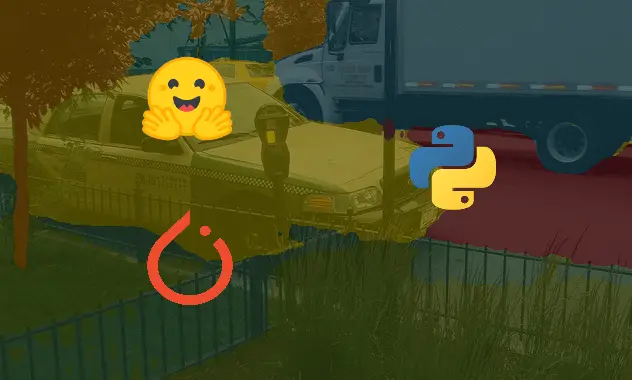
How to Perform Image Segmentation using Transformers in Python
Learn how to use image segmentation transformer model to segment any image using huggingface transformers and PyTorch libraries in Python.


